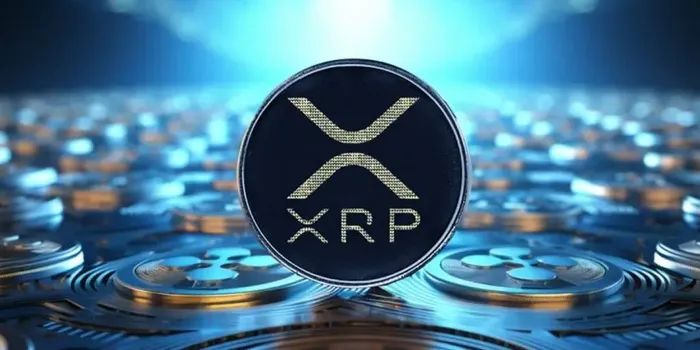Ripple’s native token XRP has long been one of the most polarizing assets in the crypto ecosystem. Once hailed as the future of cross-border payments, it has also faced years of regulatory uncertainty, lawsuits, and skepticism from parts of the crypto community. But in 2025, the narrative around XRP appears to be shifting — toward institutional adoption.
Legal Wins Bring Confidence
Ripple’s courtroom battles with the U.S. Securities and Exchange Commission (SEC) have defined its trajectory for years. The recent clarity provided by partial victories in court has given XRP a new wave of legitimacy. With many regulators in Europe and Asia also granting more favorable frameworks for payment tokens, institutional players are reconsidering XRP’s role as a settlement bridge.
Institutional Use Cases Emerging
Ripple has strategically expanded partnerships with global financial institutions. Banks and remittance providers across Latin America, the Middle East, and Asia are piloting RippleNet solutions to reduce costs and settlement times. Unlike most altcoins, XRP is designed for liquidity provision and instant settlement, aligning perfectly with institutional priorities.
Competition and Challenges
Still, challenges remain. Stablecoins like USDC are already widely used for institutional transfers, while central banks are pushing forward with CBDCs (central bank digital currencies). For XRP to gain a strong foothold, Ripple must demonstrate why its model offers advantages over both private stablecoins and government-backed currencies.
The Road Ahead
With greater legal clarity, established infrastructure, and renewed focus on institutional use cases, XRP may finally transition from speculative altcoin to a recognized institutional asset. The coming year could determine whether Ripple cements its place in the global financial system — or remains a niche player in the crowded payments space.


